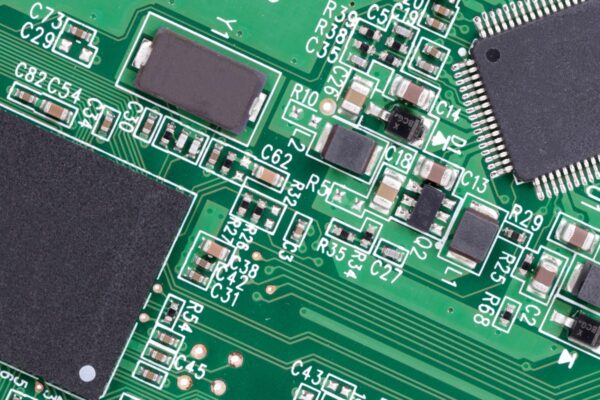What is BGA Assembly
BGA Assembly, also known as Ball Grid Array Assembly, is a process that involves the mounting and soldering of Ball Grid Array packages onto a PCB. A BGA is an integrated circuit (IC) package that features output pins in the form of a solder ball matrix. During the BGA Assembly process, the BGA package is carefully placed onto the PCB and soldered using a reflow soldering technique. This technique involves melting the solder balls on the BGA package to establish reliable electrical connections with the PCB.
BGA Assembly offers several advantages over traditional surface mount technology (SMT) packages. One advantage is the higher interconnect density provided by the solder ball matrix. This allows for a greater number of connections, making BGA packages suitable for complex and high-performance ICs.
Additionally, it offers lower assembly costs due to the self-alignment feature of the BGA package during the reflow process. This simplifies the alignment and soldering process, reducing the time and effort required for assembly.
Another benefit is the lower profile of BGA packages. The BGA package sits closer to the PCB surface, resulting in a more compact and space-efficient design. This is particularly advantageous in applications with size constraints.
BGA Assembly also provides ease of thermal and electrical management. The BGA package can incorporate thermally enhanced mechanisms, such as heat sinks and thermal balls, to improve heat dissipation and reduce resistance. This helps maintain optimal operating temperatures for the IC, ensuring reliable performance.





